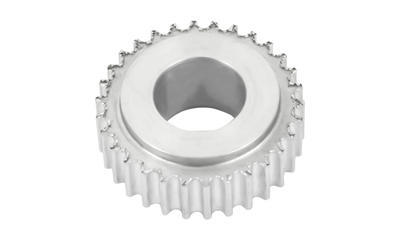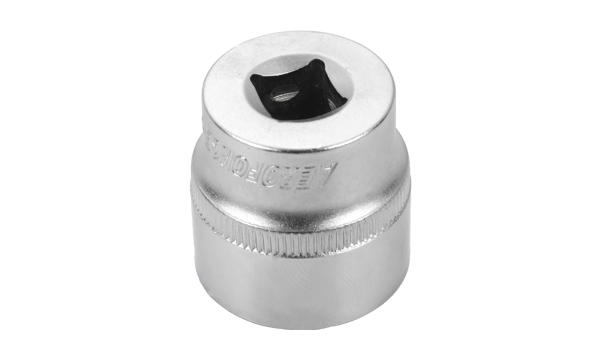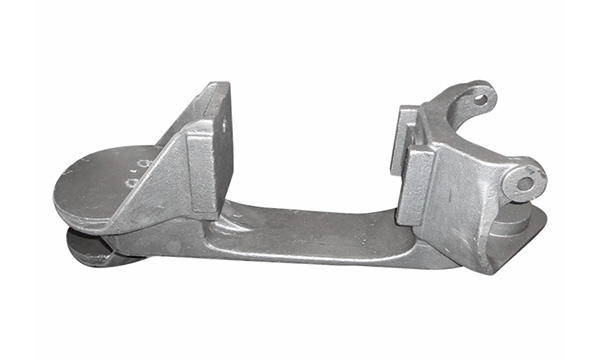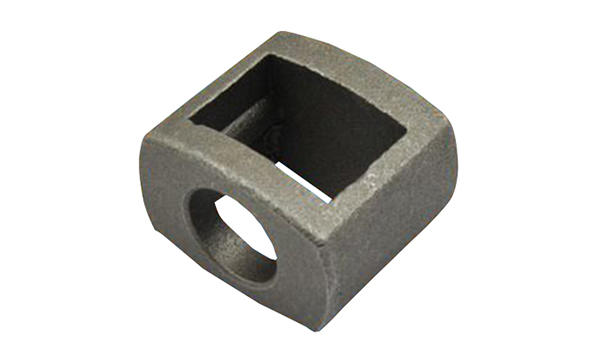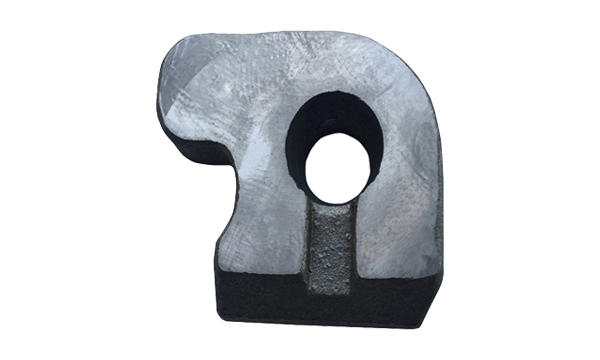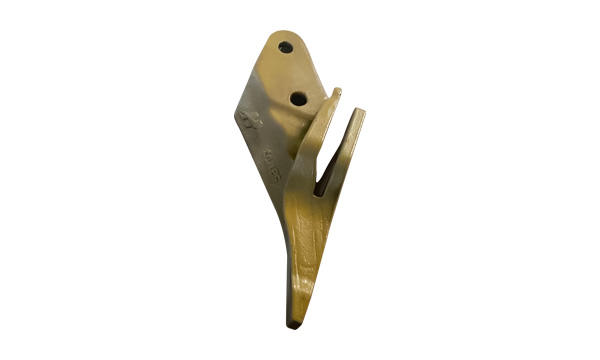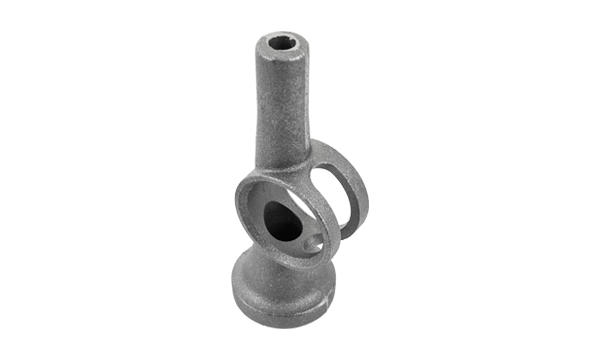In addition to examining and analyzing raw material and finished castings
Posted by Admin
Increasingly, customers are sourcing casting and machining parts from suppliers that offer the lowest cost. However, a lack of knowledge about casting characteristics can result in poorly machined areas with inconsistent hardness or porosity. In such cases, a machine shop may work with the foundry to improve casting quality or may need to push the customer to find higher-quality castings. To avoid such situations, a machine shop should learn about the characteristics of different castings.Mixed mode processingIn addition to examining and analyzing raw material and finished castings, LPDC can also be used to optimize process parameters. It monitors numerous time series data, such as pressure, temperature and part identifier, on a one-second frequency over the life of a part. This data can be used to correlate the occurrence of defects and improve part quality. Moreover, LPDC can optimize machining parameters, including dwell time, rim diameter and rim radius.Die castingThe process of die casting machining begins with the preparation of the die. This process includes cleaning and lubricating the die, which will facilitate ejection of the next part. The time required for lubrication increases with the size of the part, cavity depth and number of side-cores. Depending on the size of the part, lubrication may be unnecessary after each cycle. The die is then clamped closed by a hydraulically-powered system.Sand castingThe process of machining sand is similar to that of metal casting. A cavity is machined into the sand to create the shape of the part. This is an extremely effective process for parts that are used only occasionally. It also allows for quick design changes since physical patterns can be stored and re-used for another purpose. But, before machining sand for machining metal parts, consider these tips:CNC machiningWhen choosing between machining and casting, the volume of production will usually dictate the method. For prototypes and low-volume end-use production, machining will likely work , while sand-casting and die-casting are better options for high-volume production and large volumes. In many cases, the type of part will determine the method of manufacturing, and the cost and performance requirements will also be considered.Recovery techniquesRegeneration repair techniques are techniques used for parts of die casting machines. They are used to clean up cast metal after machining. This article describes a regeneration technique for a tubular die casting part. Recovery techniques are useful when you need to manufacture many identical parts for a project. The recovery techniques include a process known as degassing, which can be costly and time consuming. However, they are essential to the successful completion of any project.CostThe cost of manufacturing a part can be determined by many factors. The more labor required, the more expensive the pattern, and the more time it takes to complete the entire job. Whether a part is manufactured at home or outsourced, the cost depends on the complexity of the design, the type of materials used, and the number of steps in the manufacturing process. A machine operator’s fee is also included. In some cases, a machine operator may be able to do these steps for a lower cost.QualityThe machining of raw forgings and castings poses a number of challenges to the manufacturing industry. Non-compliant parts can have significant consequences if they are not manufactured with adequate material. To avoid such risks, clients often demand dimensional inspection reports on every part. Dimensional inspections are a key part of quality control as they help ensure the proper orientation and alignment of raw parts. Despite the importance of dimensional inspections, they cannot be performed on a part without a quality check.
